Anduril unveils torpedo-launching ‘Copperhead’ underwater drone
The announcement follows a flurry of similar industry product debuts focused on unmanned systems.
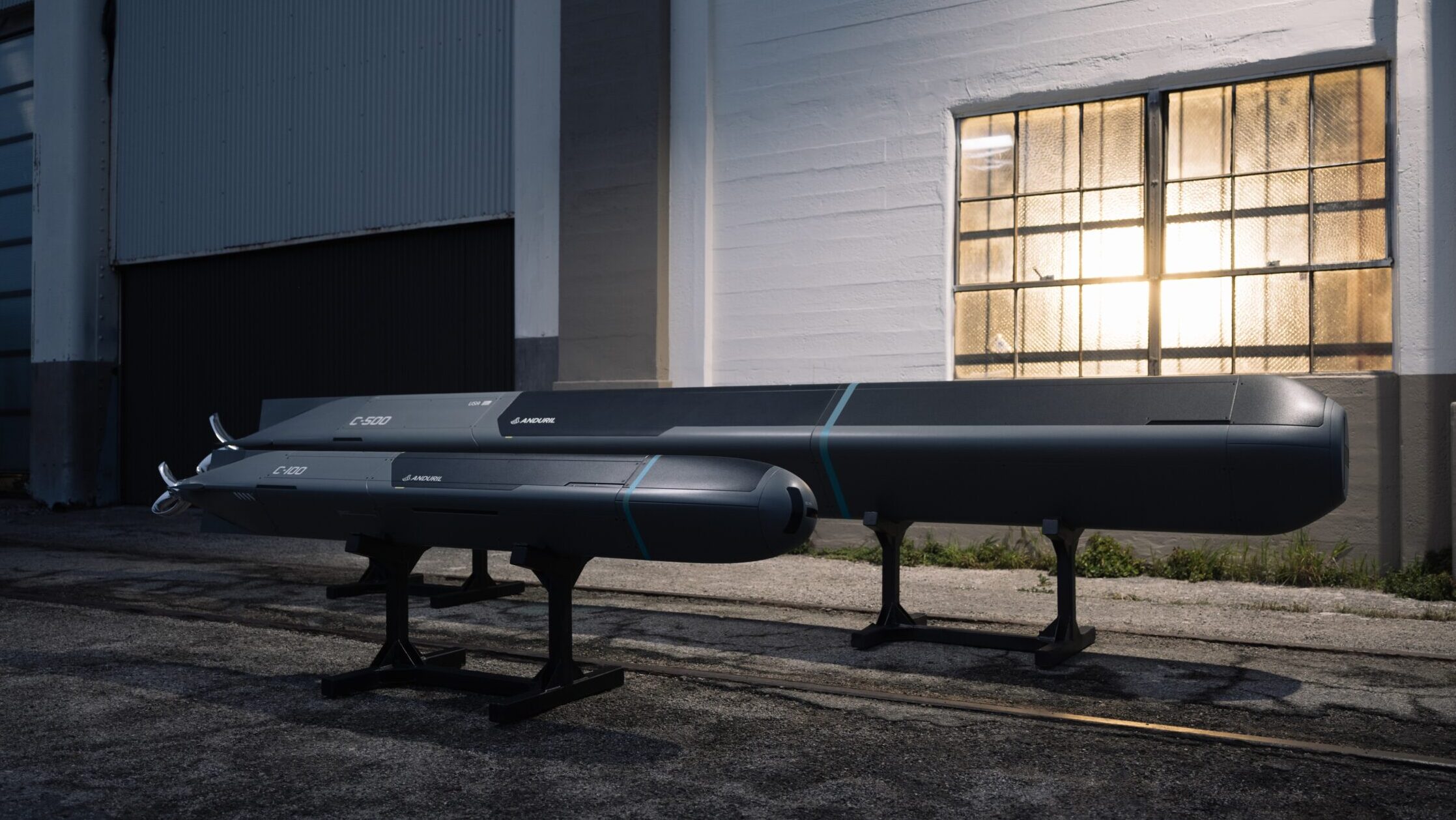

Anduril’s Copperhead UUV is shown in art provided by the company. (Anduril)
SEA AIR SPACE 2025 — Defense tech company Anduril today unveiled a new unmanned undersea vehicle, dubbed Copperhead, built specifically to be launched from larger underwater drones — and in turn, launch an associated torpedo dubbed Copperhead-M.
“Victory at sea will require large fleets of autonomous subsea, surface, and air vehicles capable of bringing advanced awareness and overwhelming adversaries with mass maritime effects,” according to a company statement. “With the Dive-LD and Dive-XL, Copperhead enables a comprehensive, intelligent maritime capability that allows operators to quickly respond to threats in the undersea battlespace, at a fraction of the cost of legacy options.”
Dive-LD and Dive-XL are both relatively large UUVs, also built by Anduril, that can carry and deploy the new Copperhead system — essentially an underwater version of the Air Force’s turducken-like LongShot system. The newer system comes in two models, Copperhead-100 and Copperhead-500, each a different size.
“UUVs are proliferating. USVs are proliferating. The picture, if you will, or the environment above and below the waves is completely changing,” Shane Arnott, senior vice president of programs and engineering at Anduril, told reporters ahead of the Sea Air Space exposition this week. “So, in order to address what is, candidly, a very wide waterfront — the fight against the [People’s Republic of China] in particular is primarily a water-based fight — these types of technologies and products are built to deal with that.”
Arnott declined to comment on Copperhead’s price or whether Anduril has secured contracts with the Defense Department or any foreign government for the product.
Anduril’s announcement comes at a time when numerous companies in the defense industrial base are releasing new models of unmanned vehicles. Defense start-up Saronic in October debuted the largest USV from its Corsair product line. Internationally, France’s Naval Group late last year also unveiled its own new USV, dubbed “Seaquest.” And Textron in January announced its “Tsunami” family of unmanned surface vehicles.
For its part, the US Navy has spent the last several years experimenting with a wide range of commercial-off-the-shelf unmanned systems, while slowly and arduously advancing the programs of record it hopes will one day make up its hybrid fleet’s most advanced capabilities. In general, Navy officials have expressed the most interest in unmanned systems that act like trucks — vehicles designed to carry wide varieties of other payloads and capabilities.
In the meantime, the Navy has also used partnerships with agencies such as the Defense Innovation Unit to select a handful of industry systems for transition into programs of record.













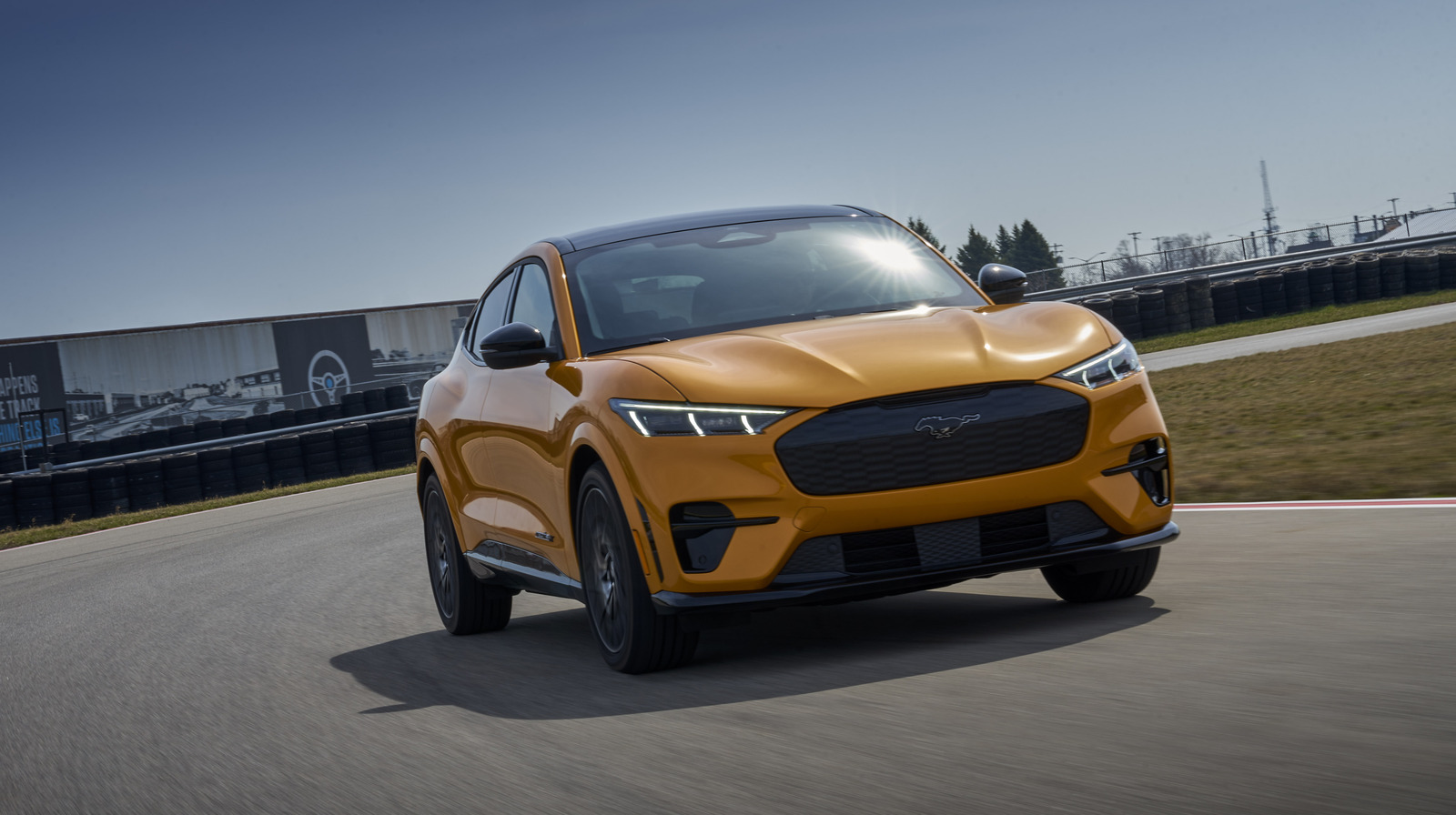






















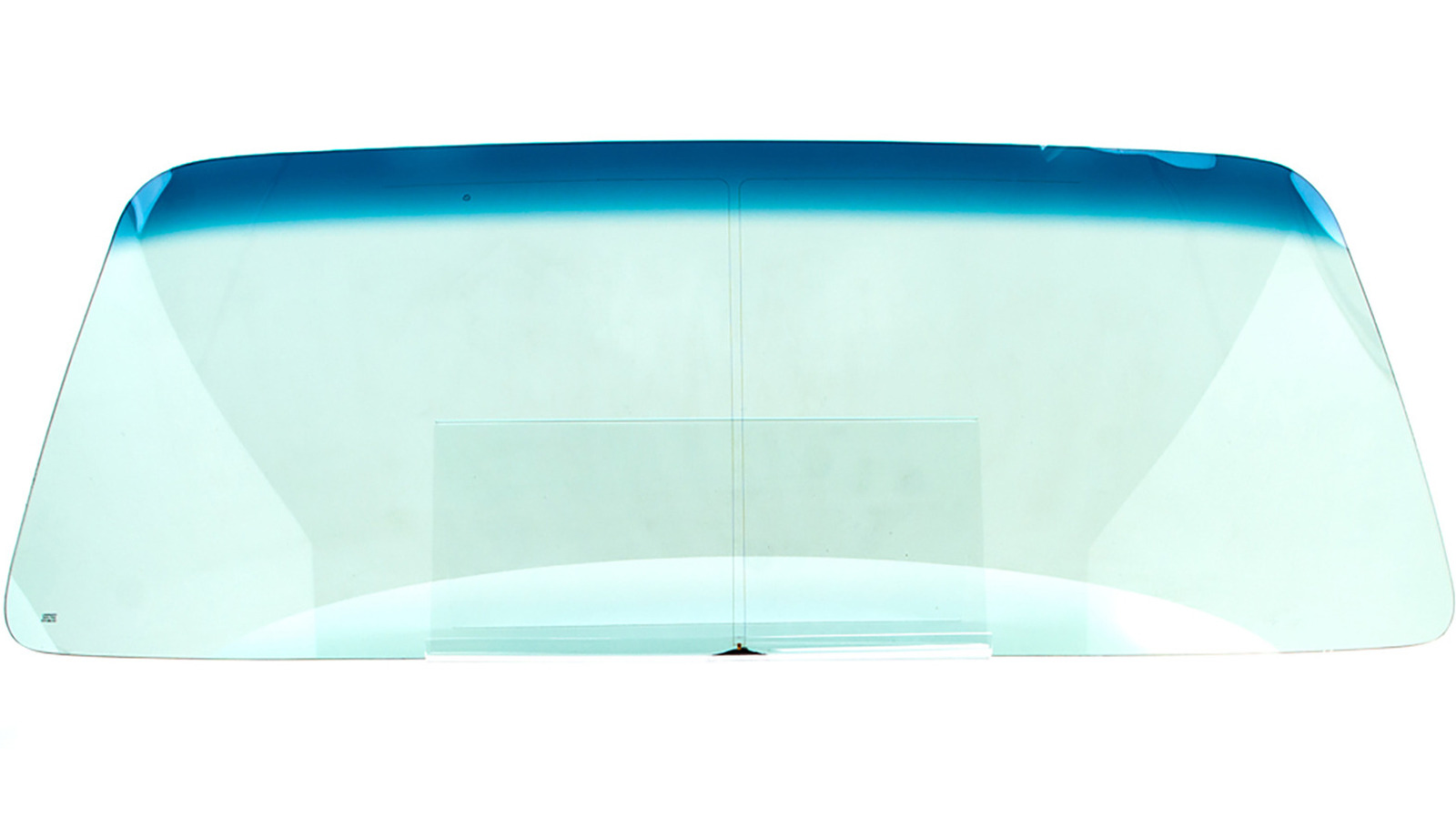

































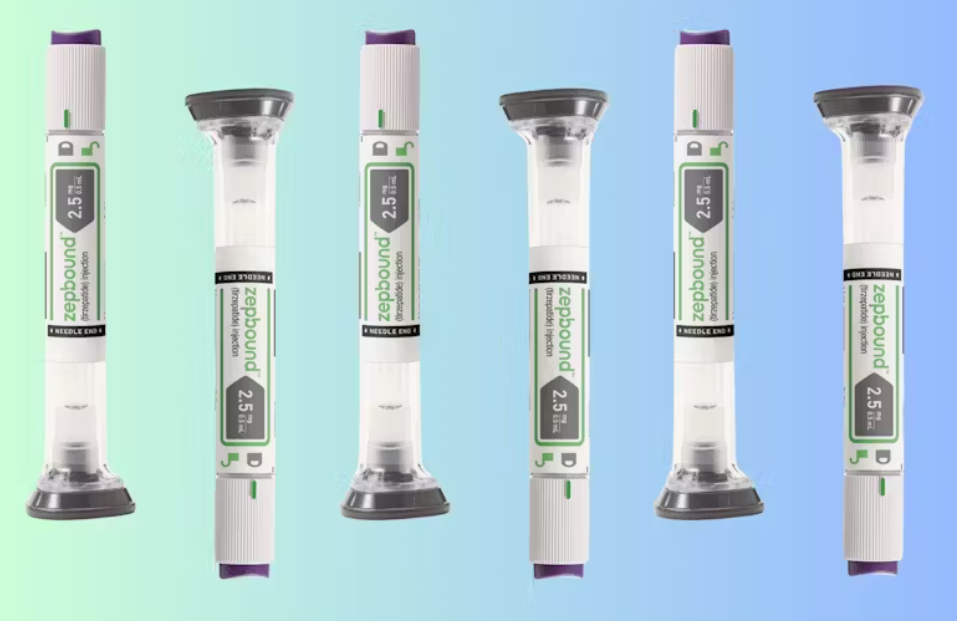
























![What you need to know before you go to Sea Air Space 2025 [VIDEO]](https://breakingdefense.com/wp-content/uploads/sites/3/2024/05/Screen-Shot-2024-05-14-at-12.19.19-PM.png?#)
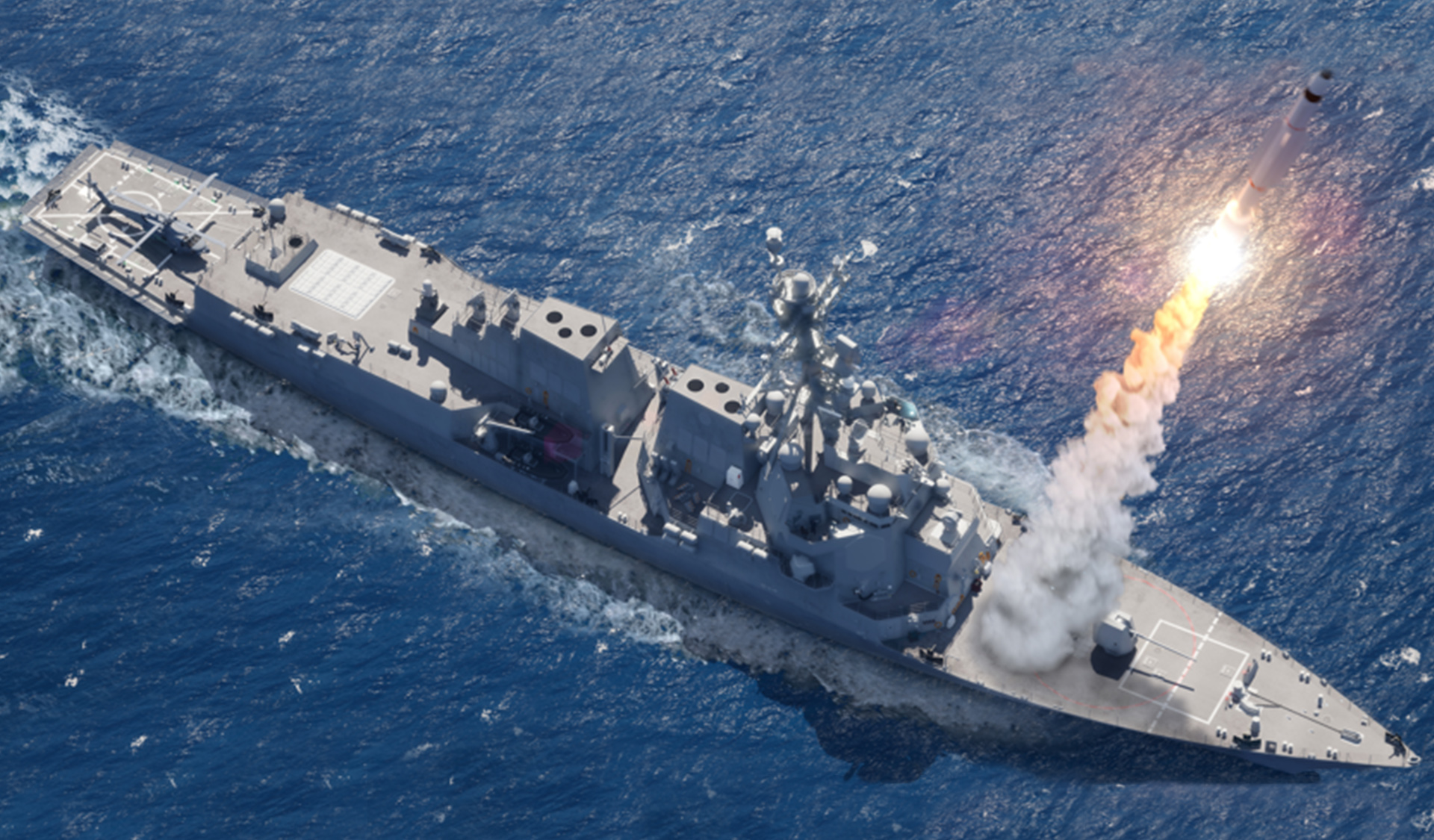
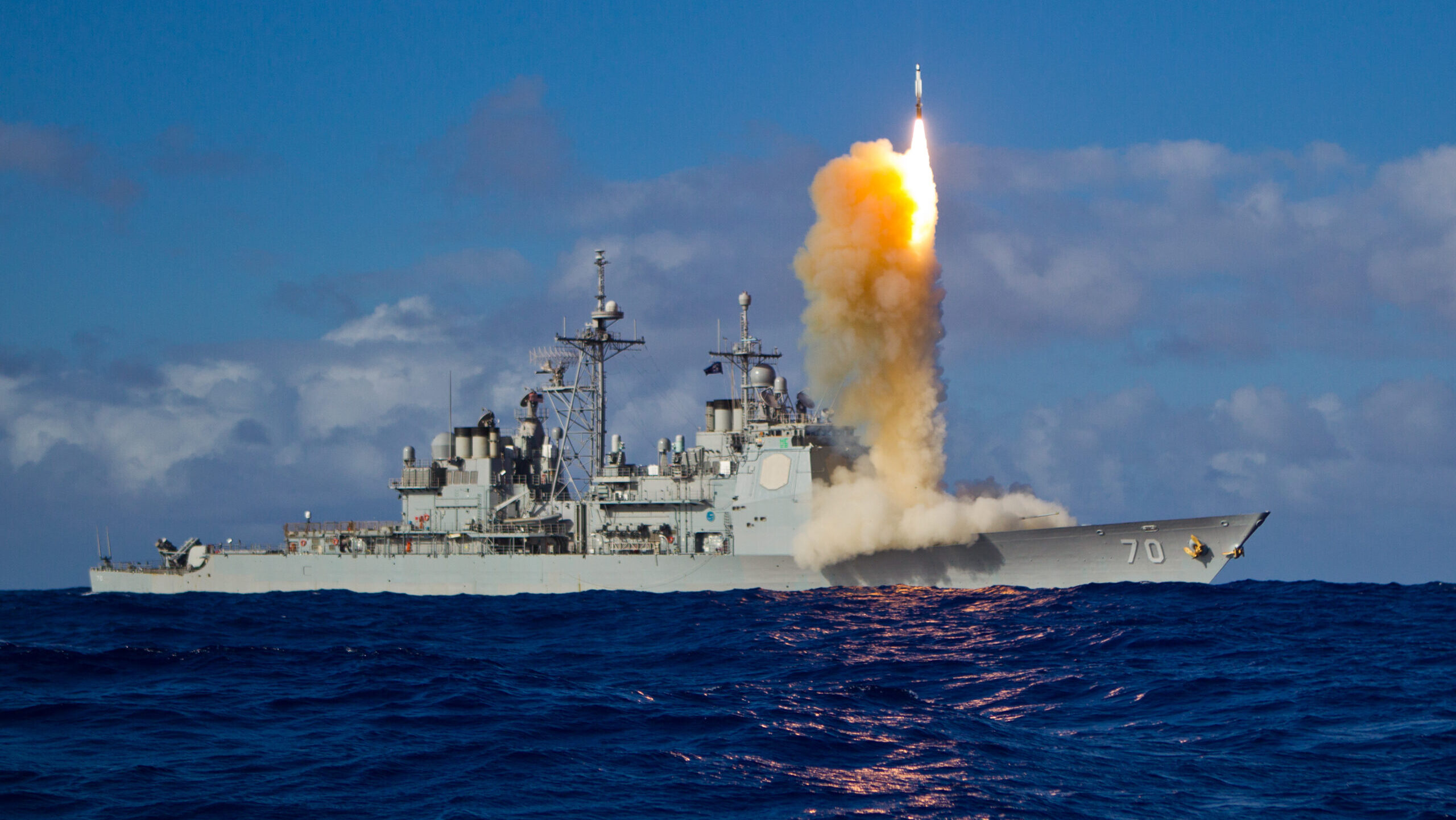












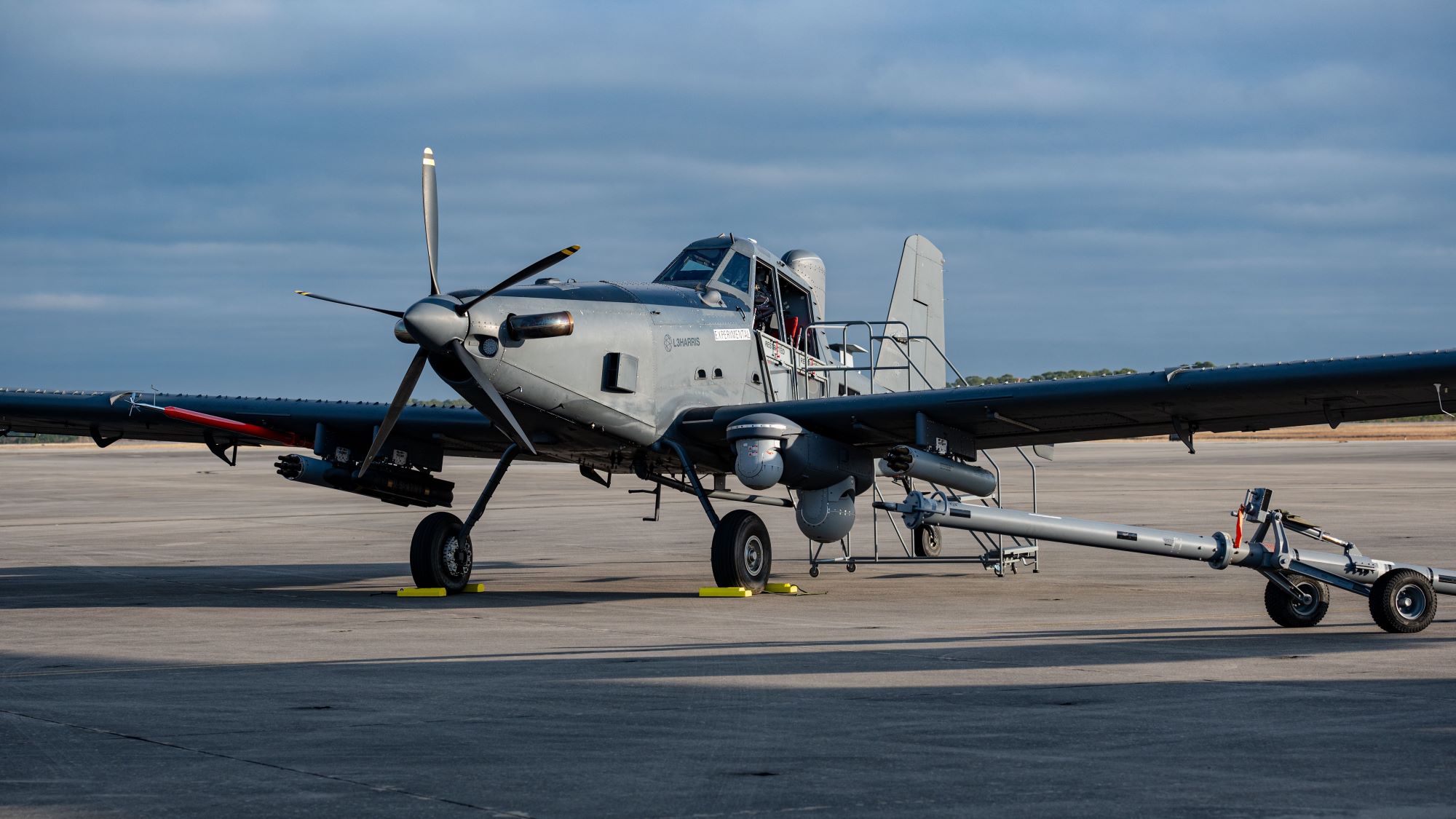
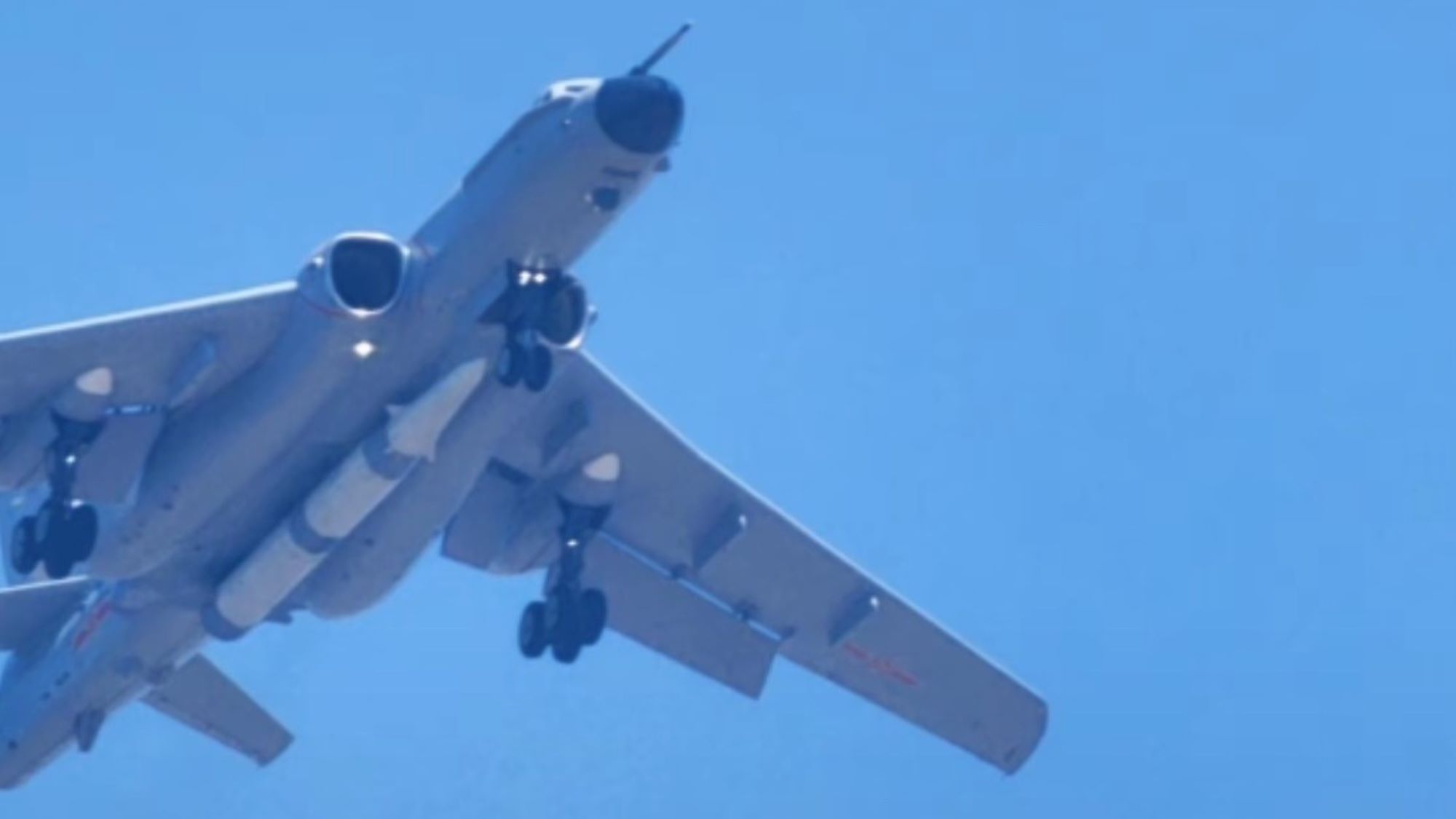
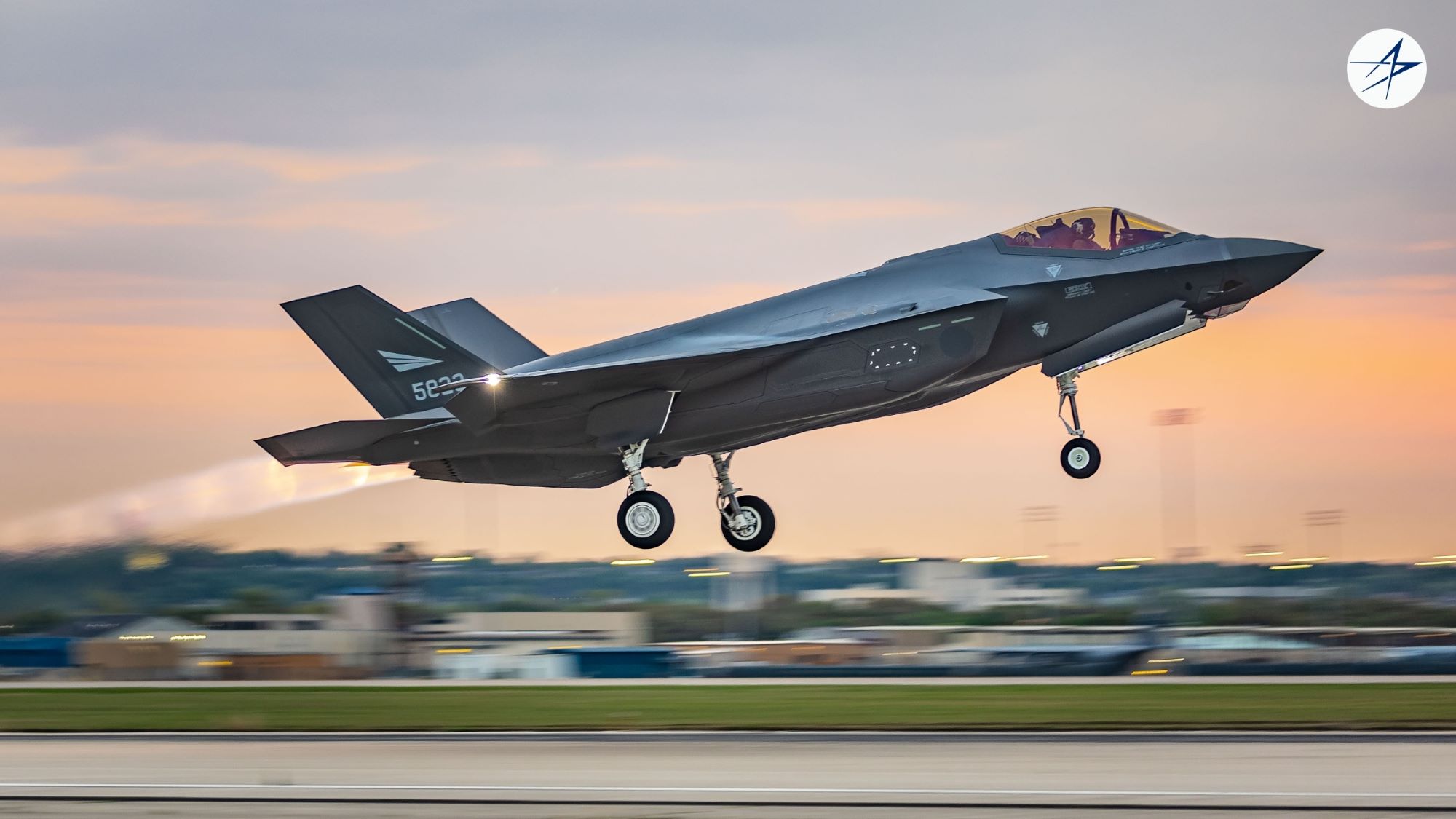












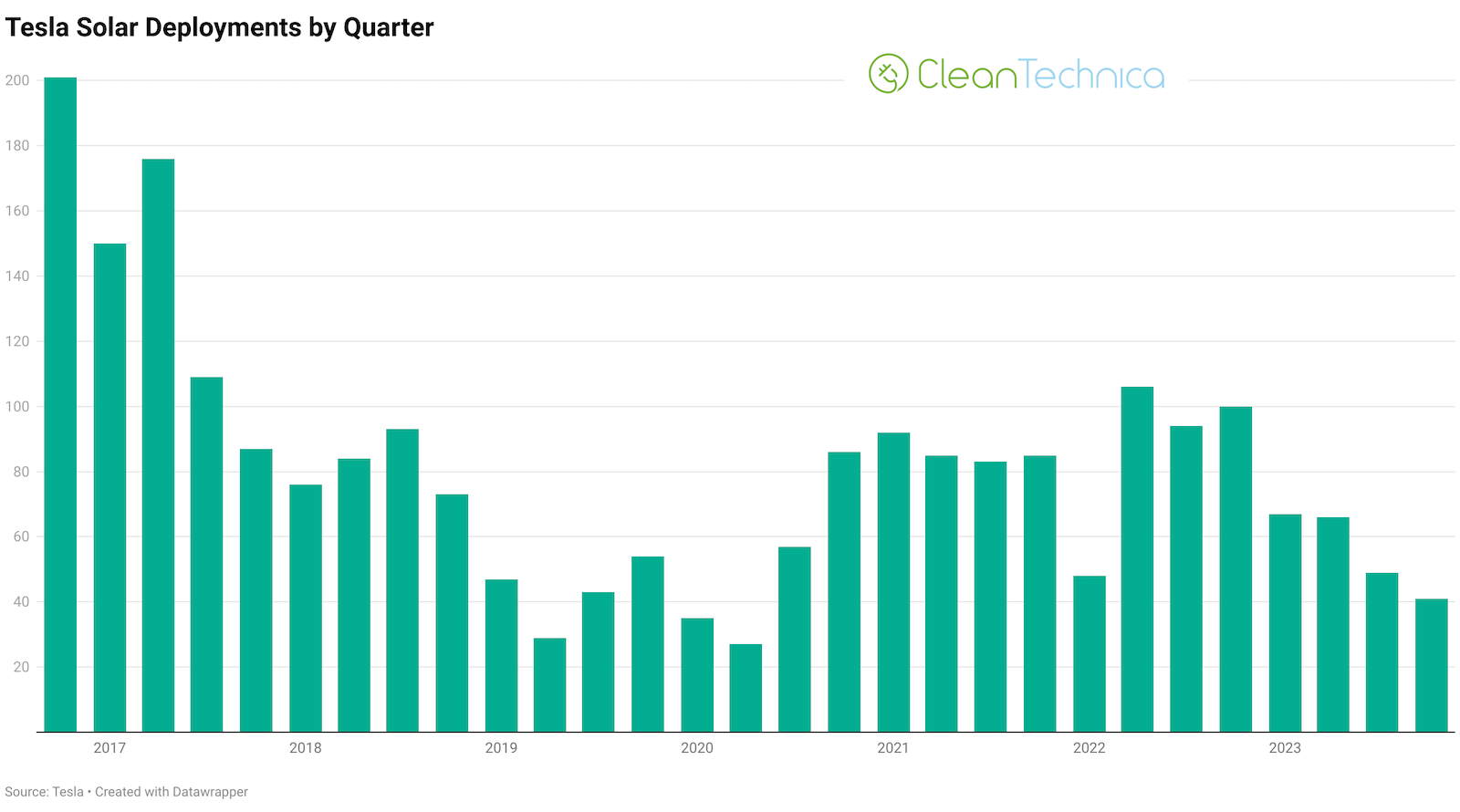

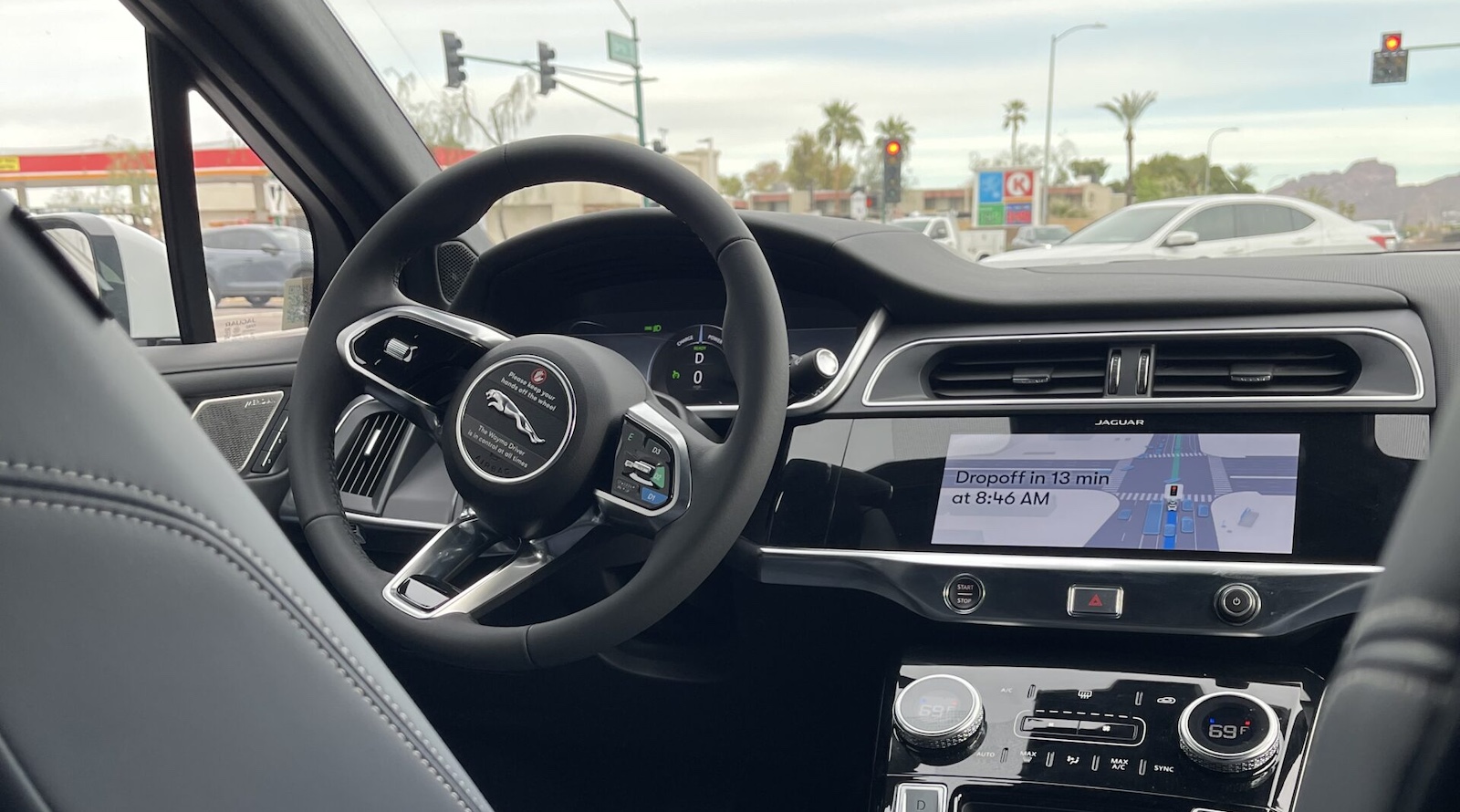








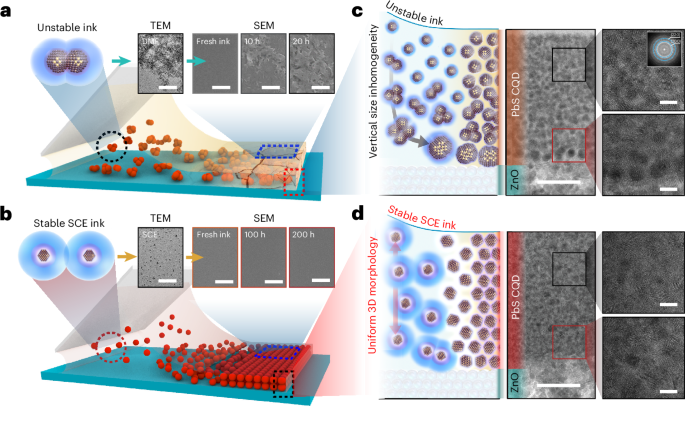













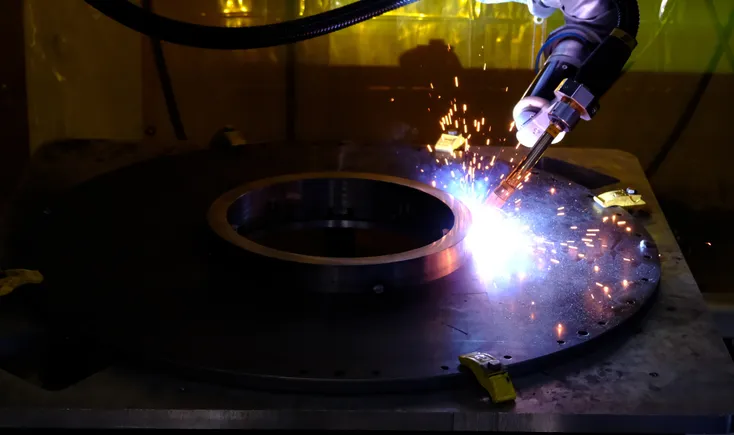
























.jpg)








